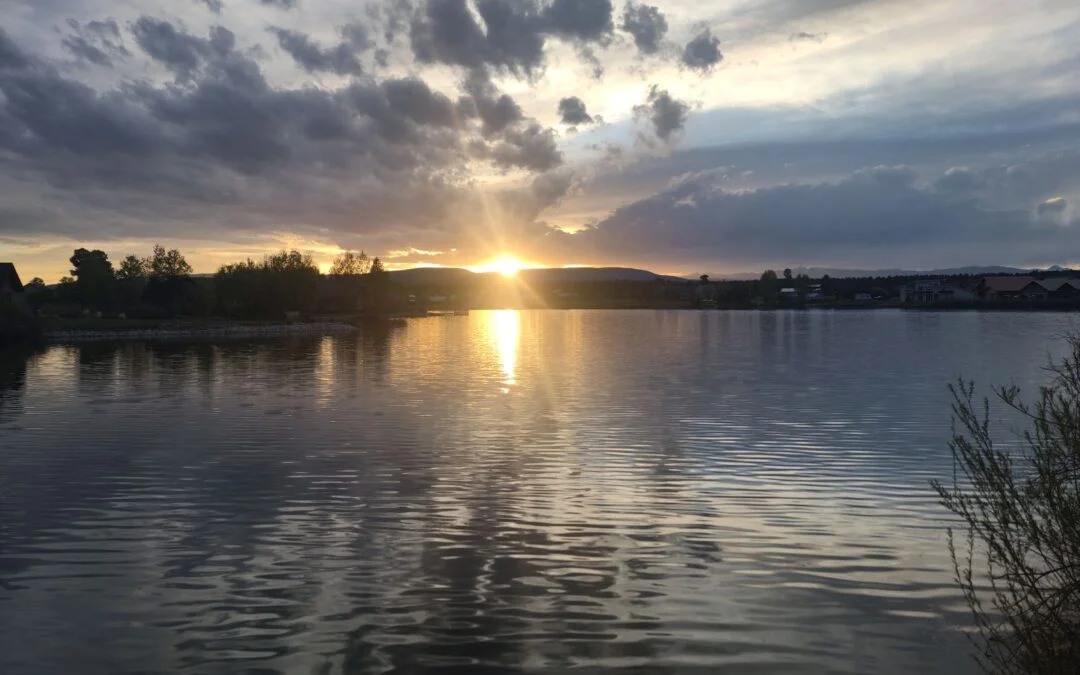
A Race Against Time: The Remarkable Resurgence of Lake Sturgeon in Missouri
In a significant ecological revival, Missouri's beloved lake sturgeon is making a slow but promising comeback from the brink of extinction thanks to dedicated conservation efforts and ecological awareness.
Lake sturgeon, a prehistoric species native to the waterways of Missouri, have seen an increase in sightings, signaling a positive trend for the endangered fish. As Missouri anglers report more frequent encounters with these magnificent creatures, fisheries biologist Travis Moore emphasizes the importance of these observations. "One of the things we’ve learned is that from some of our transmitter-ed fish, they do not always stay within our boundaries," Moore remarked, stressing the species' remarkable migratory patterns that have taken it across state lines and even back to Missouri.

These ancient fish, which can live over 150 years and weigh as much as 200 pounds, have confounded expectations regarding their survivability. However, they remain classified as endangered and illegal to keep if caught, a protective measure crucial for their potential revival. Conservationists urge anglers to participate in responsible fishing practices; those who catch a lake sturgeon must document their find with a photograph and release it back into the water immediately.
The gradual recovery signs are not just limited to Missouri. In fact, lake sturgeon spawning has been confirmed for the fourth consecutive year in the Missouri River, showcasing the results of concerted recovery efforts, including educational initiatives and habitat restoration projects led by both the Wildlife Conservation Society and indigenous communities.

However, challenges remain. While many lake sturgeon populations are showing signs of recovery, the introduction of ecological barriers such as dams has complicated the species' migratory patterns, threatening their traditional spawning habits. One of the individuals leading the charge for lake sturgeon conservation, Jennifer Simard, reflects on her personal journey from childhood rescuer to passionate advocate for the species. Simard, who co-founded the Learning from Lake Sturgeon project, stresses the importance of combined scientific research and indigenous knowledge to tackle these threats and fuel restoration efforts.
As we celebrate these small victories in sturgeon conservation, we are also reminded that continued vigilance and commitment from the community are necessary to safeguard the future of this ancient species. With ecologists and indigenous advocates working hand in hand to reverse decades of decline, there is hope for future generations to cherish and protect the lake sturgeon—an emblem of resilience and ecological heritage.
What are your thoughts on the latest conservation efforts for lake sturgeon? Share your comments below and let us know how, together, we can further support these remarkable fish.